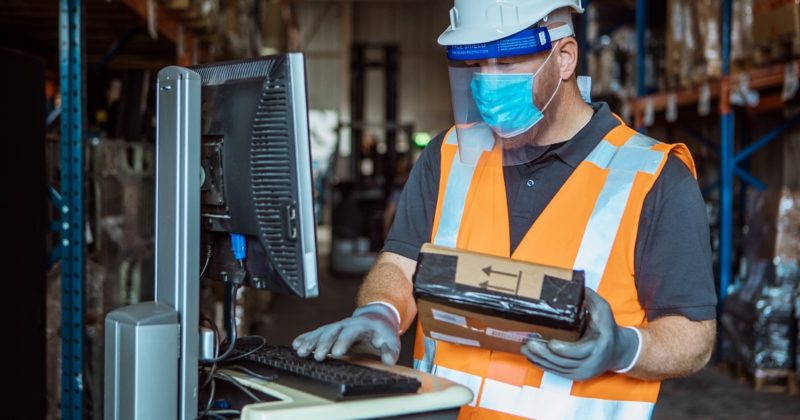How returns are impacting the warehouse and what you can do about it.
Returns have always been a challenge, but distributors today are experiencing a surge in returned items and orders. According to Statista, the cost of return deliveries in the U.S. will increase to $550 billion this year. That’s up from $314 billion just four years ago. That’s just the cost to ship returns, as staggering as that may seem. This figure doesn’t consider the costs associated with processing, restocking and reselling these returned goods.
Let’s forget about the spike in the volume of returns for a moment to discuss a couple of other changes in recent years. We’ll start with free return shipping. If the customer isn’t satisfied with their purchase, charging them return shipping is a good way to lose a repeat customer. The second issue is quick and hassle-free returns. Expectations for streamlined returns must be met or you might be reading about it on social media. It comes as no surprise that both factors are byproducts of “the Amazon effect.” It’s not enough that our purchases should arrive fast, accurate and free. The same is expected should we need to return our purchase.
Distributors everywhere grapple with difficult questions like, “What is the reason for this return?” and “Is this item sellable or do we need to send it back to our supplier for credit?” Or, “Did the customer even buy it from us?” While it’s easy to pass off returns as primarily an e-commerce or retail issue, the fact of the matter is – it’s a challenge all distributors face.
You’re doing what with returns?
One of the worst examples I’ve seen is my nearly 40-year career involves a company that distributed much of their small, blister packaged product to retailers. When the company would receive returns, they’d arrive in big boxes without any organization at all. The company wouldn’t deal with the cost of sorting through these new, perfectly resaleable items and returning them to the warehouse shelves. Instead, they would simply trash the returns. Some would argue that this approach was the most cost effective one. Either way, it was certainly a terrible waste.
What’s a distributor to do? Without a proper receiving process in place, returns and inbound items may get mixed up and processed in a similar manner. Then salespeople must spend hours locating returned products. Are they on the shelf? Still in the returns pile? Have they already been resold? If your workers don’t have visibility into the whereabouts and status of returns, you’re wasting valuable time and energy that would be better spent filling other orders.
There are plenty of solutions on the market to address these growing reverse logistics challenges. And, there are simple steps you can take to streamline the returns process. A full-featured warehouse management system (WMS) can make it faster and easier to identify and track returned items, providing complete visibility – so inventory is never lost – and control over the warehouse throughout the entire reverse logistics process.
Because there are so many questions surrounding a return, it’s not uncommon for these items to sit on a shelf or floor completely outside the visibility of the ERP or WMS (like the aforementioned worst-case scenario). Let’s explore how a WMS can improve (and reduce) your returns process.
Sorry, wrong item
With the volume of order returns on the rise, now is the time to review your reverse logistics supply chain processes. One last thought. A recent CBRE report found that a reverse logistics supply chain requires 15-20% more warehouse space that traditional outbound distribution. Are you maximizing your WMS to its full extent to handle the increase in returns? You should expect to see efficiencies like those outlined above in the form of visibility and control over the items in your distribution center.
Imagine the possibilities
Imagine a return area overrun with hundreds of untracked items. Now imagine the business gains that can come from streamlining the returns process and reducing waste. The possibilities are endless.
This article first appeared in the June digital issue of Inbound Logistics. To download the PDF, click here.

